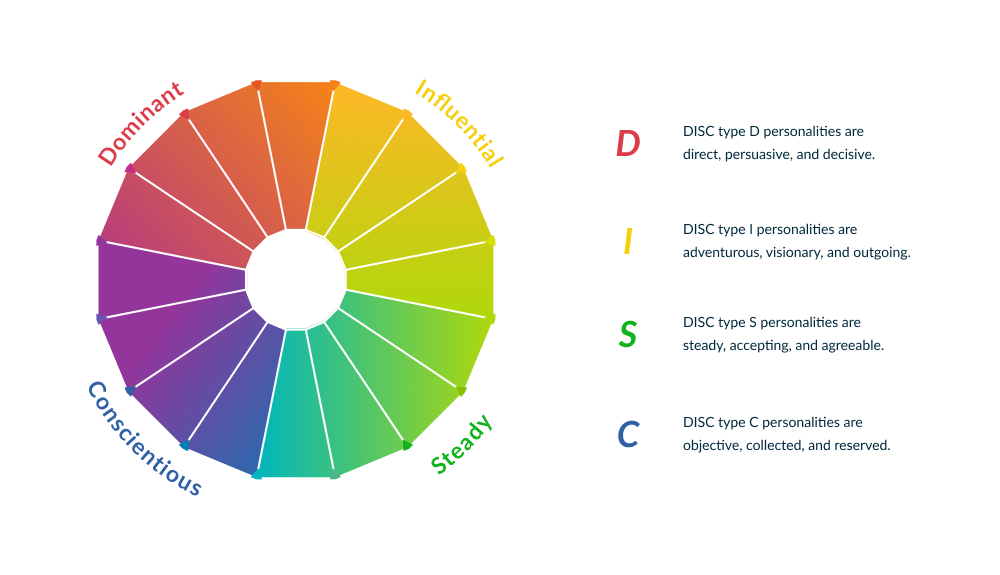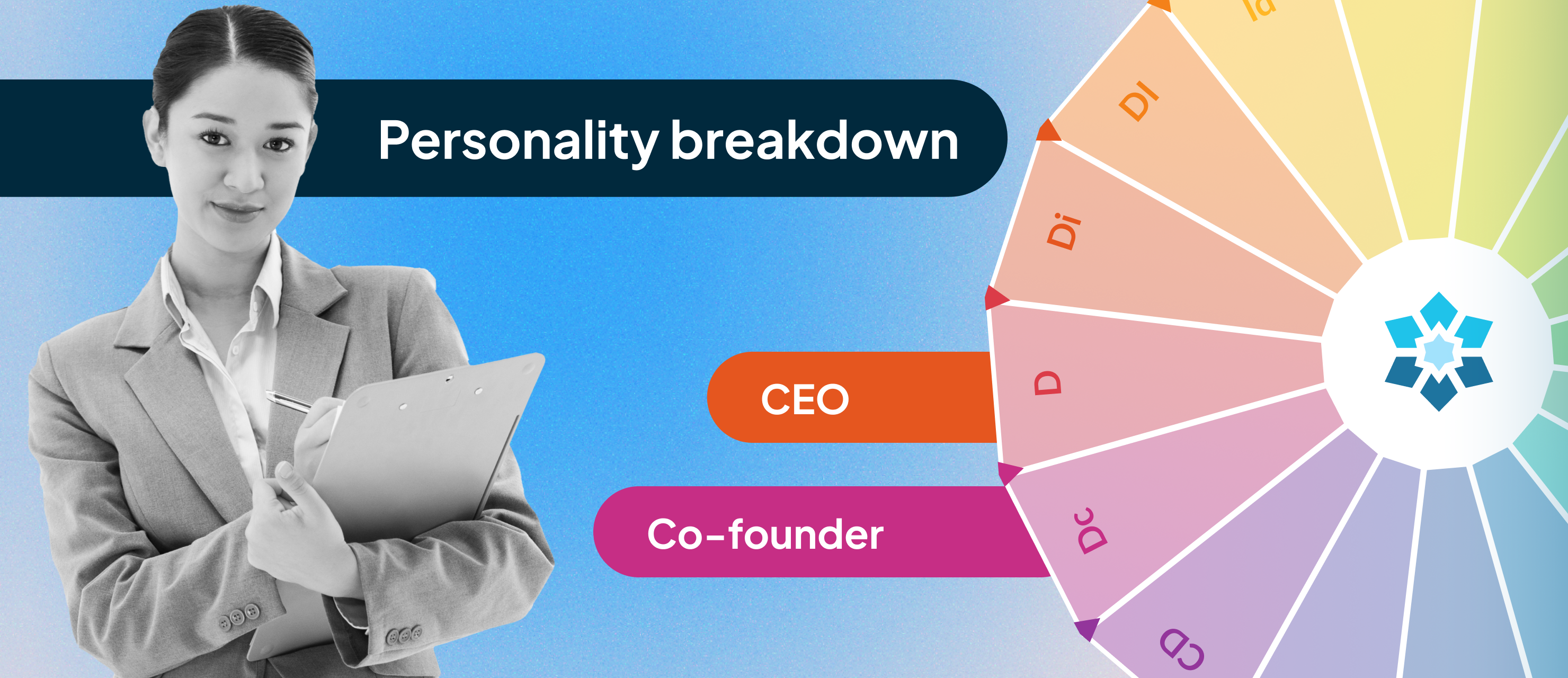
The Challenger sales model focuses on educating your prospect, personalizing your sales approach, and taking control of the dialogue. Rather than a “one size fits all” approach, salespeople must adapt their communication style to better suit their prospects and take control of the deal. This model creates a sales approach focused on teaching the prospect something valuable, tailoring your sales approach, and taking control of the interaction.
"A Challenger is defined by the ability to do three things: teach, tailor, and take control."
To use this model effectively, salespeople must understand their prospects’ personalities and communication styles; utilizing the DISC model here can make interactions effortless by showing exactly how to adjust outreach efforts to increase response rates, build trust, and close more deals.

Using DISC to TEACH your prospect
Teaching prospects something valuable is core to The Challenger Sales model. But different personalities want to be taught in different ways... Using DISC alongside the Challenger Sales model sheds light on how a specific prospect wants to be taught.
How to Teach Across DISC Profiles
|
D Types |
I Types |
S Types |
C Types |
|
- Don’t expect to make small talk. Light banter is a waste of time and doesn’t move the conversation towards any action. |
- Leave lots of time for social dialogue, even in a professional setting. |
- Focus on using friendly language and a warm approach. It’s important not to overwhelm or come on too strong in the first couple of interactions |
- Be objective and share long, thorough analysis with data points. |
Using DISC to TAILOR COMMUNICATION to your prospect
The Challenger Sales Model encourages salespeople to tailor their approach to suit the needs of their prospects. Using DISC can help sales reps gain a deeper understanding of their prospect so you can most effectively tailor their communication to them.
How to Communicate Across DISC Profiles
|
D Types |
I Types |
S Types |
C Types |
|
- Use an energetic, assertive tone - Be concise and to-the-point |
- Use a lighthearted and friendly tone - Share stories - Use lots of visual aids |
- Use a warm, welcoming tone - Connect with them on a personal level |
- Have extra data backing your claims - Provide follow-up resources for them to study on their own |
Using DISC to TAKE CONTROL of the conversation
According to the Challenger Sales model, salespeople must be assertive and confident to take control of the conversation, and, ultimately, the sale. Using DISC here can help reps understand how to tailor their message accordingly, handle hesitations or objections, and deliver value quickly in a way that resonates.
How to Take Control Across DISC Profiles
|
D Types |
I Types |
S Types |
C Types |
|
- Show how your product can make massive improvements at a large scale |
- Show that you’re buying more than a product, but also a relationship and a personal experience. |
- Show what you’re selling is trustworthy and stable for the long haul |
- Show that all analytical signs point to having a positive outcome for them |
Final Thoughts
Anyone is capable of embodying The Challenger persona in their sales efforts.
The DISC model offers a perfect framework for understanding an individual’s personality and preferred communication style. When used in conjunction with the Challenger Sales model, it can help improve response rates, aid in quickly building trust, and ultimately result in more closed deals.
Every prospect has their own communication style, preferences, and concerns, which means every sales interaction needs to be personalized. You can be prepared by understanding your prospect’s personality and changing your communication to fit their preferred style.
Learn how Crystal can elevate your sales operations.









